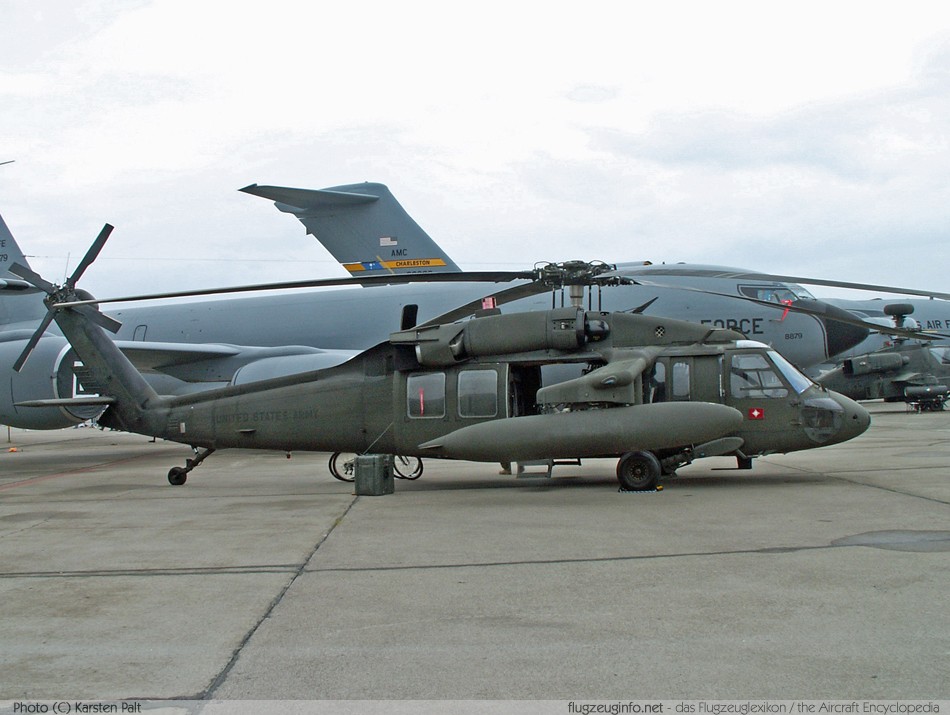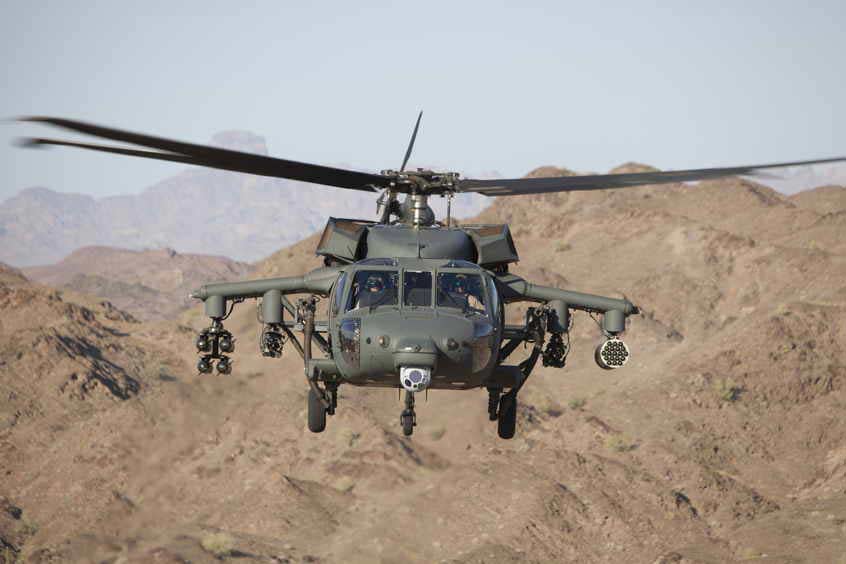The Sikorsky S 70 Helicopter: A Deep Dive into Its Style and Performance
Wiki Article
High-Performance Multi-Role Rotorcraft Featuring Advanced Cockpit Technologies and Integrated Sensing Unit Solutions
The world of rotorcraft innovation has seen significant improvements in current times, particularly in the world of high-performance multi-role rotorcraft outfitted with innovative cabin innovations and seamlessly incorporated sensing unit systems. In the complying with conversation, we will check out the advancement of rotorcraft innovation, dive right into the realm of sophisticated cabin innovations, and take a look at the effects of integrated sensor systems on the functional versatility and efficiency of contemporary rotorcraft.Advancement of Rotorcraft Technology
The evolution of rotorcraft technology has been noted by substantial innovations in the rules of aerodynamics, products, and propulsion systems, shaping the abilities and performance of modern rotorcraft. In addition, advancements in propulsion systems, including more effective engines and cutting-edge propulsion modern technologies, have actually enabled rotorcraft to achieve greater elevations, faster speeds, and better hauls.These developments have not only changed the abilities of rotorcraft however have additionally broadened their applications across numerous markets, including army, industrial, and emergency solutions. The constant evolution of rotorcraft modern technology remains to drive innovation in the field, pushing the boundaries of what is feasible and shaping the future of vertical flight.
Advanced Cabin Innovations
Building upon the foundational innovations in aerodynamics, products, and propulsion systems, the realm of rotorcraft innovation now changes focus in the direction of pioneering Advanced Cabin Innovations. The integration of cutting-edge innovations within the cockpit atmosphere plays an essential duty in enhancing the functional capabilities, security, and performance of modern rotorcraft. sikorsky s 70. Advanced Cabin Innovations incorporate a large array of functions made to offer pilots with improved situational recognition, streamlined data monitoring, and intuitive control user interfacesOne of the crucial advancements in cockpit style is the execution of glass cockpits, which replace standard analog determines with high-resolution displays. These digital systems use customizable layouts, real-time data combination, and boosted readability, making it possible for pilots to access vital details at a look. Advanced avionics systems, such as fly-by-wire controls and augmented reality displays, are transforming exactly how pilots engage with the airplane, enabling for exact control and improved decision-making abilities.


Including innovative cockpit innovations not just improves pilot performance however likewise contributes to total objective effectiveness and safety and security in complicated functional atmospheres. By leveraging state-of-the-art modern technologies within the cockpit, rotorcraft suppliers are establishing brand-new standards for functional excellence and goal success.
Integrated Sensor Equipments
With the evolution of rotorcraft modern technology, the combination of innovative Integrated Sensor Equipment has come to be critical in boosting operational effectiveness and safety and security. These Integrated Sensor Equipments encompass a large array of innovations that provide important data for different features such as navigation, security, targeting, and ecological monitoring. By perfectly incorporating sensors like radars, cameras, lidar, and infrared systems into rotorcraft, drivers can gain from enhanced situational understanding, boosted mission abilities, and lowered pilot workload.One key benefit of Integrated Sensing unit Equipments is their ability to gather real-time information and give actionable insights to pilots and objective drivers. For instance, progressed radar systems can spot and track targets over fars away, enabling very early hazard discovery and effective reaction planning. In addition, incorporating infrared and electro-optical electronic cameras enables rotorcraft to conduct reconnaissance and surveillance missions with precision and accuracy.
Basically, the assimilation of advanced sensor technologies into rotorcraft not just boosts functional efficiency however likewise contributes considerably to overall mission success and staff safety and security. As rotorcraft remain to advance, the role of Integrated Sensor Equipment will definitely continue to be at the center of innovation in the aerospace sector.
Functional Adaptability and Effectiveness
Enhancing operational convenience and performance in rotorcraft is a natural progression from the assimilation of sophisticated Integrated Sensor Systems. By leveraging the understandings and data offered by these innovative sensor systems, rotorcraft can optimize their efficiency across numerous objectives and environments.Functional flexibility encompasses the capability of rotorcraft to adapt to various roles and circumstances effectively. With advanced cabin technologies and incorporated sensor systems, rotorcraft can flawlessly shift in between tasks such as search and rescue, clinical evacuation, security, and much more. This convenience improves the rotorcraft's capacity to meet varied operational requirements without calling for comprehensive reconfiguration.
Efficiency in rotorcraft operations is critical for maximizing objective performance and resource usage. Integrated sensing unit systems play a critical duty in enhancing operational effectiveness by providing real-time information on weather, surface mapping, target monitoring, and a lot more. This information enables pilots to make enlightened choices swiftly, enhance trip courses, preserve fuel, and enhance general objective performance.
Effect On Modern Aeronautics Procedures

Furthermore, the assimilation of advanced sensing units facilitates enhanced mission planning and implementation, allowing rotorcraft to execute a broad array of tasks with boosted precision. From search and rescue operations to aerial firefighting and police objectives, the capacities of modern rotorcraft geared up with advanced cockpit modern technologies and integrated sensing unit systems are unparalleled.
Additionally, the impact browse around here of these developments expands beyond operational effectiveness to cost-effectiveness and sustainability. By maximizing flight paths, gas intake, and maintenance routines, high-performance rotorcraft outfitted with advanced cockpit innovations and sensing units add to decreasing operational expenses and ecological influence, making them important possessions in modern-day aeronautics operations.
Conclusion
Finally, the high-performance multi-role rotorcraft with sophisticated cabin modern technologies and integrated sensor systems represents a significant development in air travel innovation. These advancements boost functional versatility and efficiency, ultimately impacting contemporary air travel operations in a positive way. The integration of these advanced technologies enables improved capabilities and performance in numerous goal circumstances, showcasing the proceeded improvement of rotorcraft innovation in the aviation industry.The realm of rotorcraft modern technology has seen remarkable developments in recent times, particularly in the world of high-performance multi-role rotorcraft equipped with advanced cabin modern technologies and flawlessly incorporated sensor systems. From enhanced goal adaptability to improved functional efficiency, the merging of innovative cockpit modern technologies and incorporated sensing unit systems has ushered in a new period of opportunities for rotorcraft applications. In the following conversation, we will certainly explore the advancement of rotorcraft technology, dig check it out right into the realm of innovative cabin advancements, and examine the implications of incorporated sensing unit systems on the operational versatility and performance of modern-day rotorcraft.

Report this wiki page